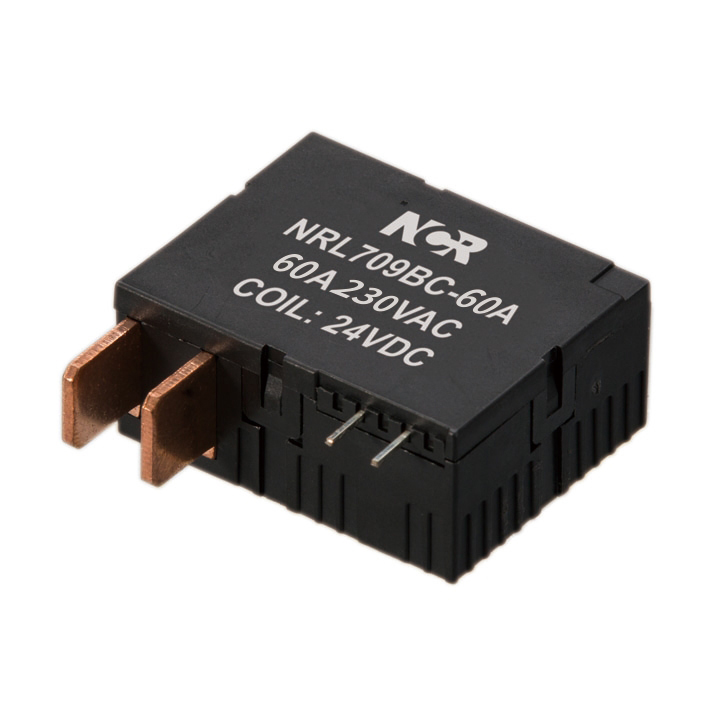Views: 0 Author: Site Editor Publish Time: 2023-05-24 Origin: Site
In modern technology, relays play a key role in circuit control and signal transmission as an important electronic component. The Magnetic Latching Relay is a special type of relay with unique operating principles and functions that are used in a wide range of applications. This article will delve into the definition, principles, functions and applications of the Magnetic Latching Relay and provide a brief introduction to its price.

Magnetic latching relays are a new type of relay developed in recent years. Unlike ordinary relays, Magnetic latching relays require only a square wave pulse signal to switch the contacts on and off with the action of a permanent magnet. Even after a power failure, the current state is maintained and the power consumption is extremely low.
The primary function of a magnetic latching relay is to control the flow of current in a circuit. When the coil is energised, it generates a magnetic field that attracts the latching mechanism, causing the relay to switch to the ON state. Once the coil is de-energised, the latching mechanism holds its position, keeping the relay in the ON state until a reverse polarity current is applied to reset it.
The working principle of a magnetic latching relay revolves around the interaction between the magnetic force and the latching mechanism. As current flows through the coil it creates a magnetic field that magnetises the latching mechanism, engaging it and holding the relay in position. This eliminates the need for a constant supply of current to maintain the relay.
The magnetic latching relay circuit consists of a coil, a latching mechanism and a contact point. When the coil is energised, the latching mechanism is attracted, closing the contacts and allowing current to flow through the circuit. When the coil is de-energised, the latching mechanism maintains its position, keeping the contacts closed or open, depending on the design of the relay.
Due to their unique characteristics, magnetic latching relays are used in a variety of industries. Some common uses include Energy management systems: For controlling power distribution, load shedding and switching between power sources.
Industrial automation: Used in control panels and machinery to regulate processes, monitor sensors, and ensure safety.
Home automation: Integrated into smart home systems to manage lighting, security and energy saving devices.
Automotive systems: Found in automotive circuits to control lights, motors and power distribution.
Telecommunications: Used for signal routing and switching in communication networks.
Traffic signals: Used to control the switching and regulation of traffic signals.
The price of magnetic latching relays varies depending on factors such as make, model, specification and quantity. Higher grade relays with advanced features may be available at a higher price point, smaller relays may cost anywhere from $10 to $50. In order to obtain accurate pricing information, send us an email: overseas@nicerelay.com
Magnetic latching relays offer unique advantages in terms of energy efficiency, reliability and control capability. Through this article, we have explored their definition, function, working principle, applications and pricing. Understanding the features and applications of magnetic latching relays enables engineers, technicians and hobbyists to make effective use of these relays in a variety of industries. Always remember to refer to the manufacturer's guidelines and seek professional advice when integrating these relays into your specific project or system.